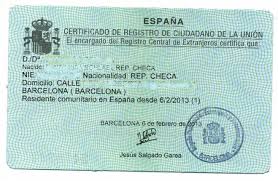
THIS question often arises in our office when parties to a legal matter decide to use the same lawyer.
Typically, one will encounter property conveyancing transactions or rental agreements, company formations by several investors, mutually agreed divorce settlements etc.
In some jurisdictions, the law considers that parties to a legal process are generally adversarial –in other words, it’s one party and the legal representative versus everyone else involved in the transaction- and therefore, each party has to be represented separately.
In England, the Solicitors Regulation Authority (SRA) has stated that acting for both buyer and seller on a transfer of land for value is ‘indicative’ of a potential conflict of interest.
The Code of Conduct for Lawyers in the European Union states that lawyers may not advise, represent or act on behalf of two or more clients in the same matter if there is a conflict, or a significant risk of a conflict, between the interests of those clients.
In Spain – barring any conflict of interest – the Lawyers’ Deontological Code does allow one lawyer to act for two parties, under the following terms:
Art. 13.4: The Lawyer cannot act for two parties with conflicting interests. In case of conflict of interest between parties represented by the same lawyer, the latter will cease to act for both unless expressly authorized by both parties to act for one.
Notwithstanding, the Lawyer can act on behalf of all parties as a mediator or in the preparation and drafting of contractual documents, having in such case to observe a strict and exquisite impartiality.
This applies to the law firm but also to member lawyers that work in or are associated to the law firm (Art. 13.7). These lawyers will not be considered, individually, as independent representatives of each client but as one single representative and will fall under the scope of article 13.4 above.











